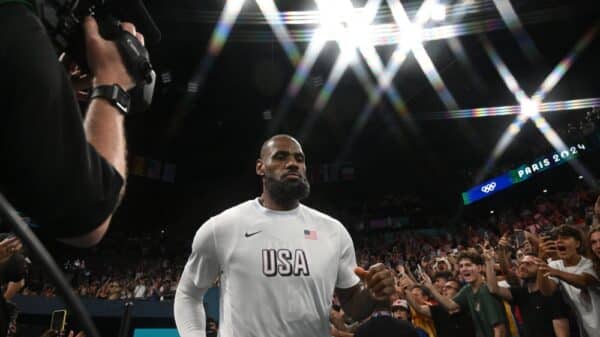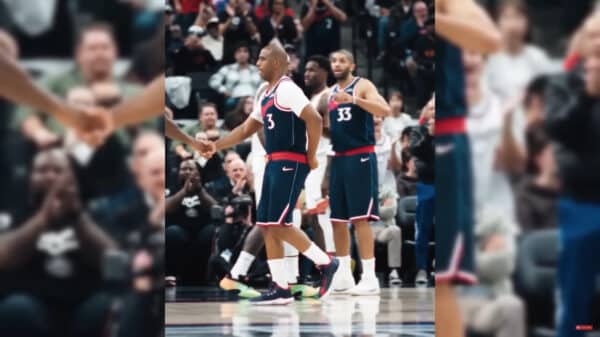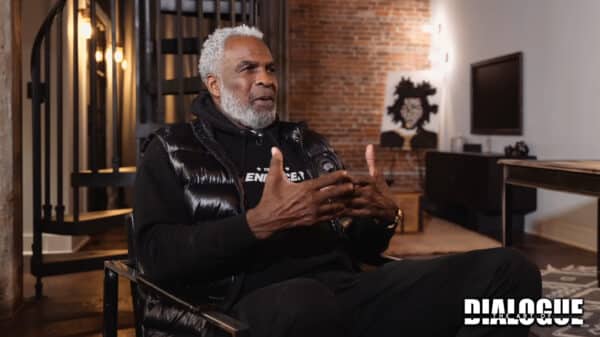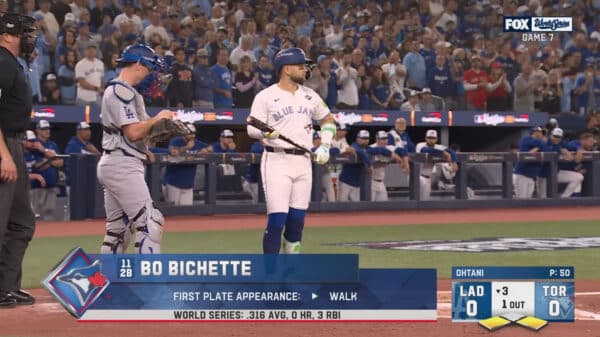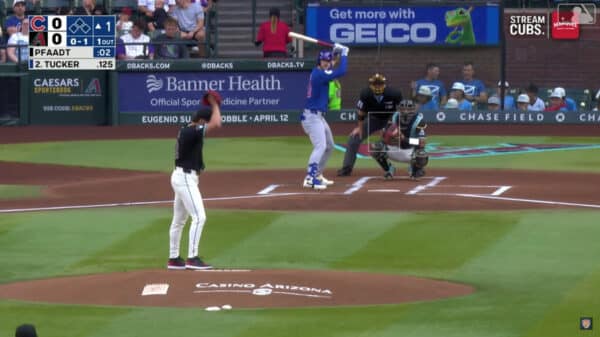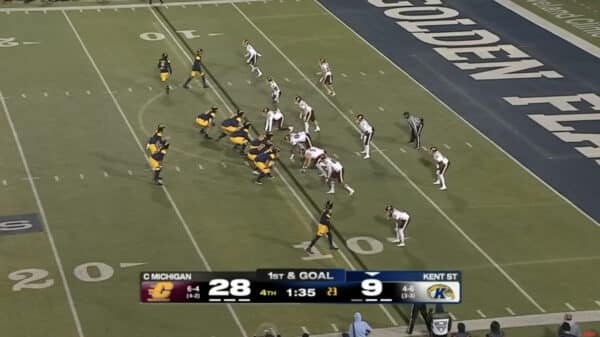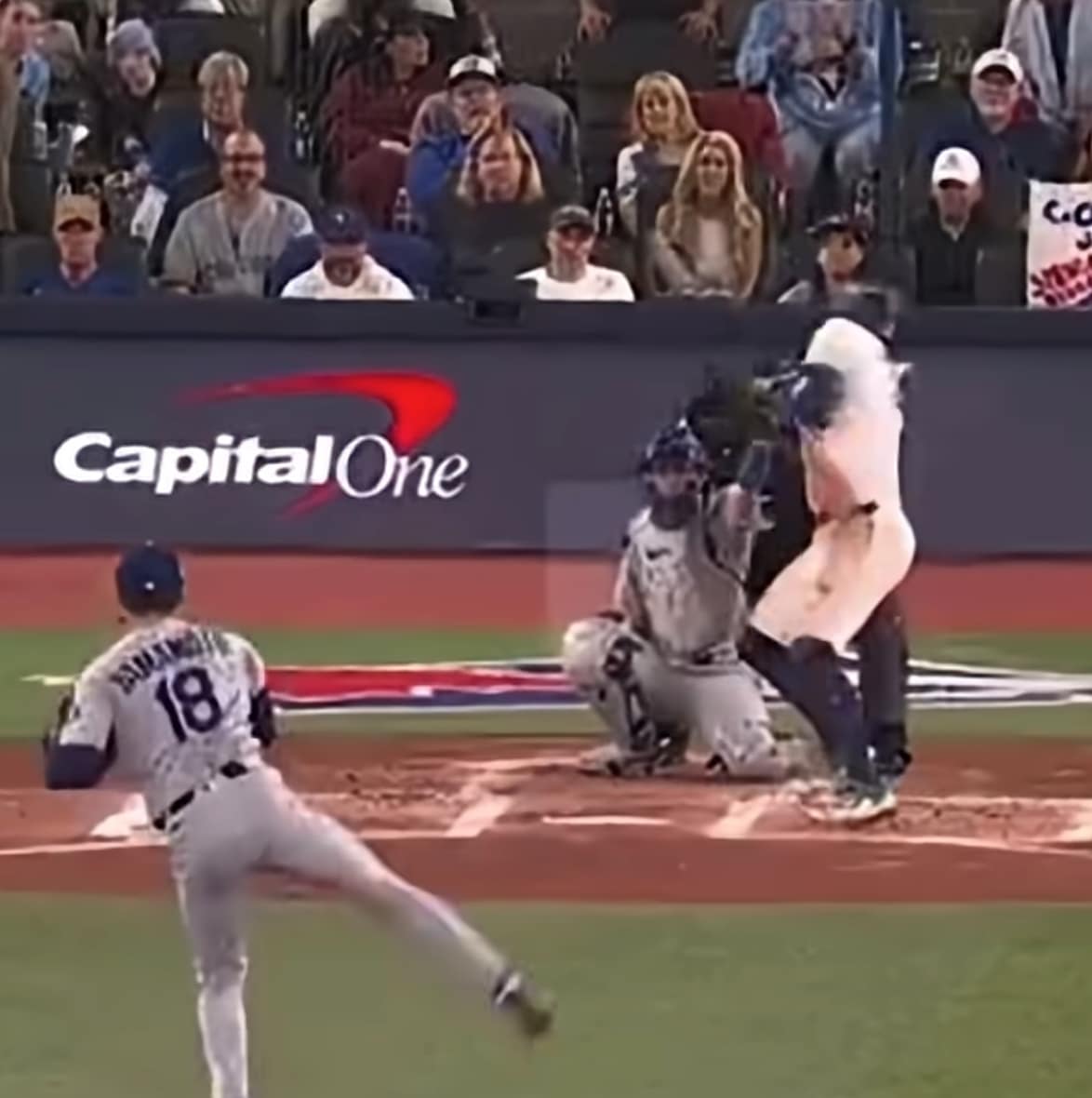The intensity of World Series Game 2 between the Los Angeles Dodgers and the Toronto Blue Jays reached fever pitch at Rogers Centre on October 25. What unfolded was not just a baseball game but a dramatic showdown filled with tension and unexpected incidents.
In one particularly gripping moment, Blue Jays designated hitter George Springer faced off against Dodgers pitcher Yoshinobu Yamamoto. The experience turned harrowing when a fastball clocked at 96 mph struck Springer’s left wrist, sending him crashing to the ground. The scene bore a striking resemblance to a professional wrestling hit, as Springer fell like he had been knocked out cold.
Amid the commotion, Blue Jays manager John Schneider and head athletic trainer Jose Ministral rushed onto the field to assess Springer’s condition. Adding to the context, just a week earlier, Springer had endured a similar setback, being hit on the right knee by a comparable fastball from Mariners pitcher Bryan Woo. During that incident, he had to exit the game, but this time, despite the painful blow, Springer chose to return to the field, albeit with noticeable hesitation.
The incident quickly gained traction on social media, where fans took to the platform to theorize about the motivations behind Yamamoto’s pitch. One intriguing post suggested that Yamamoto may have targeted Springer due to suspicions that he was receiving stolen signs, linking it to past controversies involving Springer’s former team, the Houston Astros.
Yamamoto did this because Dodgers know Springer is getting signs from somewhere. pic.twitter.com/Jk7ckoMhUO
— Evan Daniel (@itsmrevandaniel) October 26, 2025
This theory inevitably connects back to the intense scrutiny surrounding the Astros’ sign-stealing scandal that rocked Major League Baseball in 2019. Allegations surfaced that the Astros employed advanced technology to illegally steal sign signals from opposing teams, which was especially prominent during their 2017 World Series title win against none other than the Dodgers.
Was George Springer Really Involved In Sign Stealing?
Although it appeared that Yamamoto’s fastball was an unfortunate mishap rather than a premeditated act of retaliation, it’s easy to see why fans are eager to connect the dots. The shadows of the 2017 scandal loom large, particularly for Dodgers supporters who still harbor feelings of resentment toward the Astros’ actions.
During the 2017 World Series, George Springer played a pivotal role, being named the series MVP. His five home runs were instrumental in the Astros’ success, a triumph that now feels clouded by controversy. With the subsequent investigations branding the entire Astros organization, multiple players, including Springer, found their reputations tarnished, even if they weren’t the architects of the illegal strategy.
Despite the lingering doubts about Springer’s credibility, without concrete evidence linking the pitch to any form of intentional retaliation, it seems unfair to suggest that Yamamoto was in any way deliberately targeting Springer as a form of justice for a scandal that occurred years ago.
In conclusion, the recent confrontation between Yoshinobu Yamamoto and George Springer encapsulates not just the intensity of playoff baseball, but also the complex narratives that players carry with them. Whether one views it as a mere accident or a deeper commentary on past indiscretions, it highlights the web of history that athletes navigate during high-stakes games.


